Drillly is audience-supported. When you buy through links on this site, we may earn an affiliate commission that we use for site maintenance. Learn more
Blogs5 months ago
by Brent Butterworth
Impact wrenches make our lives much easier. Changing a flat tire with one of these tools is certainly a piece of cake. However, despite their great utility, most impact wrenches have a huge con. They don’t let you adjust the applied torque.
So, it isn’t recommended to use an impact wrench without torque setting on rusted bolts. Excessive torque could break them easily. Even if you’re using the impact wrench out there, you’ll have to be careful when pulling the trigger to avoid causing a disaster.
Fortunately, there’s an easy way to adjust the torque applied by pneumatic impact wrenches that maybe you didn’t know. Today, we’ll tell you how to do it. Also, you’ll learn why proper impact wrench torque setting is so important.
Unfortunately, when impact wrenches were invented, no one thought on a mechanism for controlling the applied torque. So there’s a high chance of breaking the bolts if you don’t handle your tool carefully.
Some machines require precise torque application on each of their bolts. If the torque isn’t enough, there will be vibration and friction between parts. If the torque is excessive, the bolt may break, wear the thread or puncture the retained elements. Also, if the bolt is too tight, it will be very difficult to remove in the future.
For these reasons it’s so important to adjust impact wrenches before using them. Before starting work, it’s also a good idea to take a look at the recommendations in the user manual to find out the maximum torque that can be applied to each bolt.
Things you’ll need
Some electric impact wrenches have a control ring that lets you control the applied torque easily. To use it, you just need to turn the ring to adjust the torque to any of the preset levels on the numbered scale.
To use it, you just need to turn the ring to adjust the torque to any of the preset levels on the numbered scale.
These models are comparatively better because they allow precise and effortless torque adjustment. These tools are ideal for very delicate tasks, where applying the exact torque is essential to ensure good machine calibration.
If the impact wrench hasn’t setting option, there are three different methods to adjust the applied torque. The first is to install a special attachment between the rotating head of the wrench and the socket. This attachment limits the application of torque to a certain level, preventing serious damage to bolts and threads.
The second method is to install an air pressure regulating valve between the air hose and the impact wrench. The less air enters the wrench, the less torque it will apply. This method isn’t as precise as the first one, but it gives good results when the user knows the right amount of air pressure to obtain a certain torque.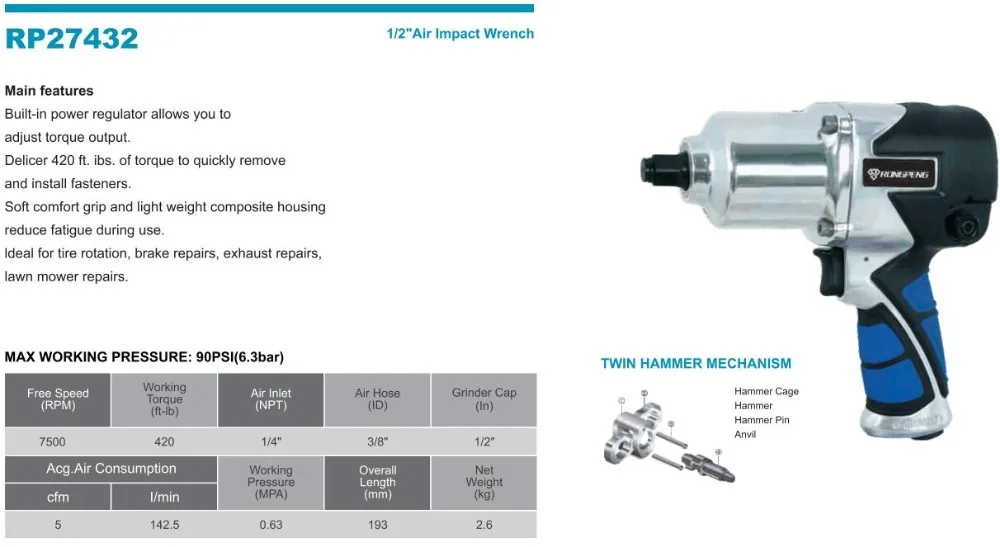
The third method is to adjust the air pressure output with the compressor valves. This method is the least accurate of all and can affect the performance of other pneumatic tools connected to the compressor.
The first method is applicable for all impact wrench models. However, the second and third methods can only be applied in pneumatic models.
 Excessive pressure could cause irreversible damage to the tool.
Excessive pressure could cause irreversible damage to the tool.As you can see, it’s possible to adjust the applied torque on any impact wrench model. You just need to follow the tips in this guide.
If you have a pressure regulating valve and an air compressor, it’s advisable to do some tests so as to determine the change in torque related to the pressure variation. Then record the obtained data in a notebook so you can consult your notes each time you need to vary the torque.
Q. 1: What is the usual torque applied on lug nuts?
A. It all depends on the size and material of the lug nut. Usually, a torque near to 100 ft.lb is required for aluminum nuts and near to 80 ft.lb for steel nuts.
Q. 2: How much torque an impact wrench should apply?
A.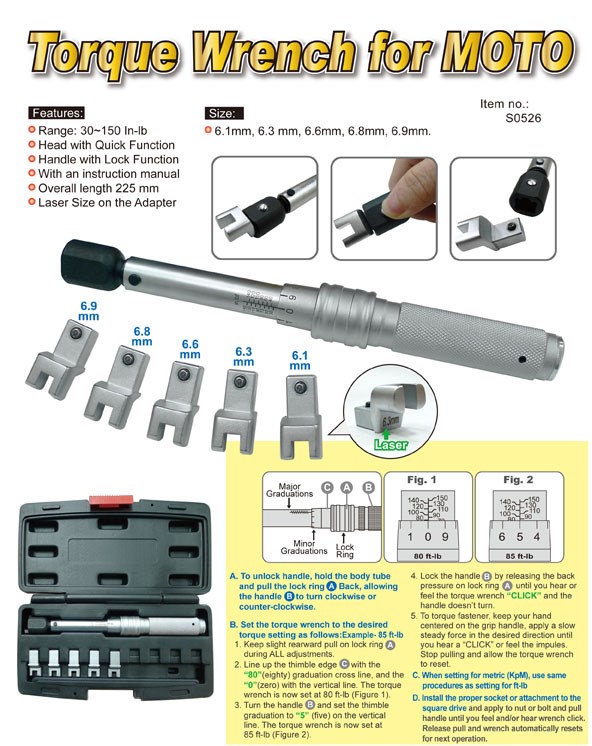 The impact wrench must be capable of generating the torque required by the bolt. If the torque is excessive, the bolt may break. If it’s lower, there will be friction and vibration between parts.
The impact wrench must be capable of generating the torque required by the bolt. If the torque is excessive, the bolt may break. If it’s lower, there will be friction and vibration between parts.
Q. 3: Are impact wrenches and torque wrenches the same thing?
A. No. Although both tools are useful for tightening and loosening bolts, they’re very different. Impact wrenches generate impact torque and rotation using hydraulic, pneumatic or electric power. On the other hand, torque wrenches use muscle force applied by the user.
Q. 4: Is it possible to check the torque of an impact wrench?
A. Yes. There are several ways to do it. The most popular is to tighten a bolt using an impact wrench and then measure the maximum torque required to loose it using a dial torque wrench.
FacebookTwitterGoogle+PinterestLinkedIn
A Professional Woodworker & Custom Furniture Builder
Brent lives in Wisconsin and is a woodworker, custom cabinetmaker, interior consultant, and a freelance writer who got the opportunity to write several magazine articles for different publications on home improvement and woodworking.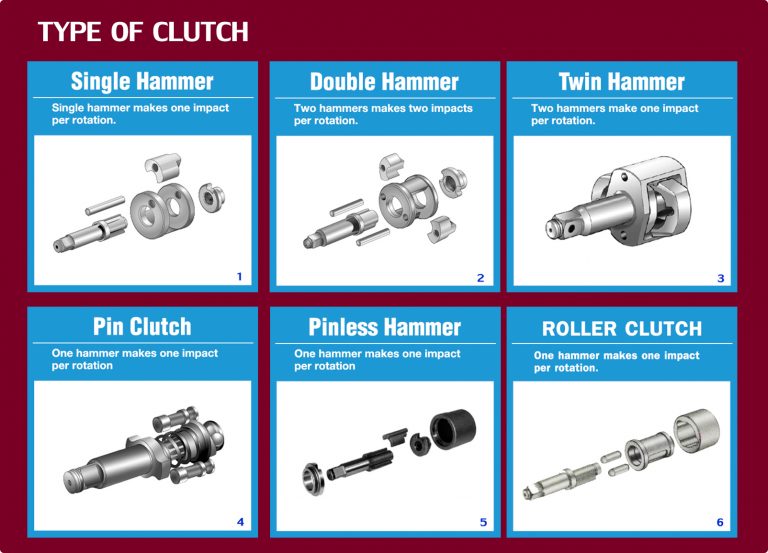 He’s always amazed at the depth and breadth of woodworking all over the globe, and feels proud to be a part of this great effort. Brent has built everything one can imagine, from unique art furniture to different types of home furniture to canoes and even a sailboat.
He’s always amazed at the depth and breadth of woodworking all over the globe, and feels proud to be a part of this great effort. Brent has built everything one can imagine, from unique art furniture to different types of home furniture to canoes and even a sailboat.
View all posts
Luckily, the tools you will find on market do not have a torque adjustment feature except a very few ones like Milwaukee 2769-22 which is recently launched and has torque adjustment. But I will explain how that is possible later in the article.
Before you find an answer to how to adjust torque on a cordless impact wrench, you need to understand how an impact wrench works and why there are no torque controls on an impact wrench. We will also discuss a few very cool ways to limit an impact wrench’s output torque.
How to adjust torque on an impact wrench? You can adjust torque on an impact wrench by using attachments. The most common and in-expensive way is using torque sticks, and they can very accurately adjust the end torque. You can also use dynamic torque limiters, which are very complex but are extremely precise. For air impact wrenches, you can also use air regulators to adjust output torque to some extent.
The most common and in-expensive way is using torque sticks, and they can very accurately adjust the end torque. You can also use dynamic torque limiters, which are very complex but are extremely precise. For air impact wrenches, you can also use air regulators to adjust output torque to some extent.
On the newer models of Milwaukee tools, you can adjust the output torque with help of a button. Here is how it’s done.
Depending on your use case, you can use different methods to adjust the output torque, and I will discuss them in detail. But let’s dive into the reason behind no torque control on an impact wrench.
You may be wondering why there is no setting in an impact wrench to adjust its torque.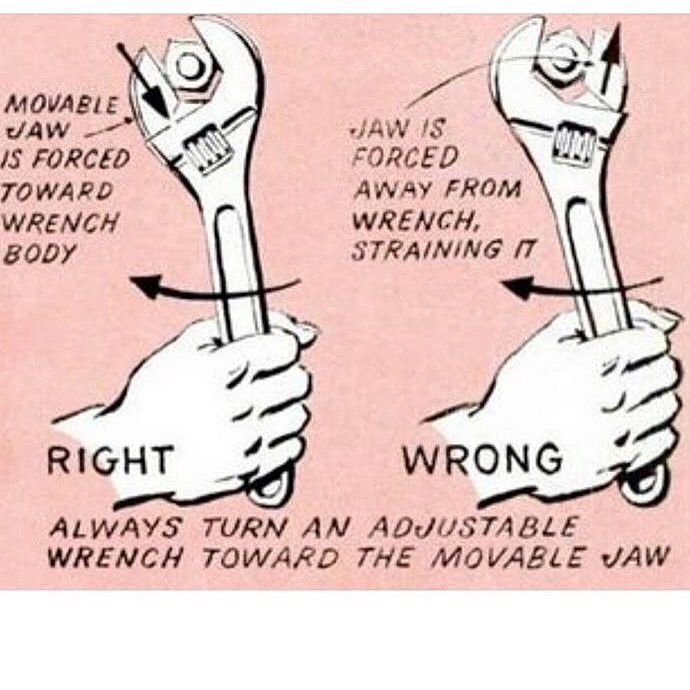
The answer to this question lies in the fundamental design philosophy of an impact wrench. An impact wrench is like a hammer (The direction of hammering is rotational).
The output torque of an impact wrench is the maximum power it can hit the nuts. I will repeat this: The output torque is not the maximum torque it can provide; it is the power of the stroke it gives.
Imagine you are hitting a wrench’s end using a hammer to tighten up a nut. If you keep doing this, despite the hit being too soft, it will infinitely keep tightening the nut, although, after some time, the change will be almost impossible to measure.
An impact wrench automates this same process; hence the end torque is not the goal. It is just making the hitting process more compact, quick, and precise. That is why there is no torque setting in an impact wrench.
Higher torques for nuts and bolts can damage its threads or can break the bolt itself.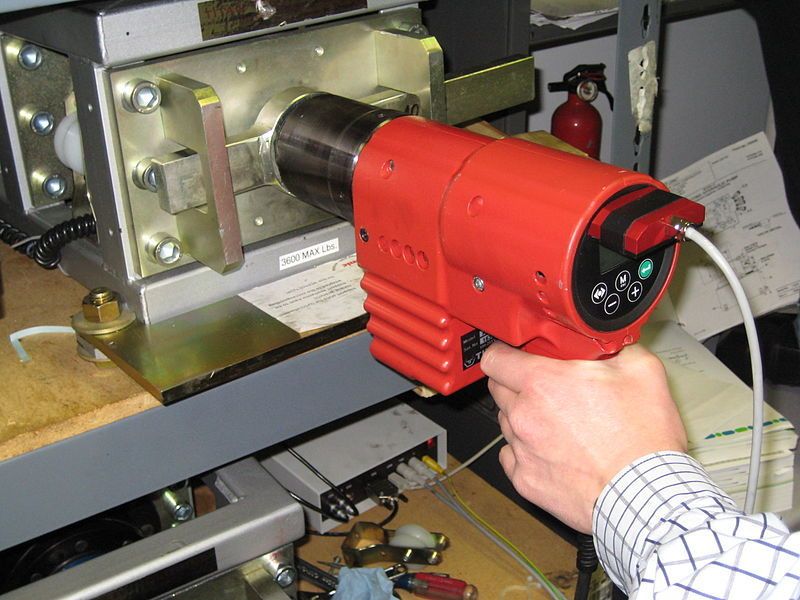 High Torques also result in complex maintenance once you need to open them again.
High Torques also result in complex maintenance once you need to open them again.
Lower torques can be a safety hazard, and the equipment’s actual functionality can fail due to loose nuts. You need to understand the lower and upper limits concerning your application.
Another essential thing to understand is the difference between over-tight and properly tight nuts. If you must tighten a screw at 100 ft-lb and tight it to 150, the additional 50 won’t create any issues.
Ok, before I start discussing torque control on cordless impact wrenches, let’s discuss how to control torque on air impact wrenches, as you have a little more control over the output torque than electric ones.
You can control torque on an air impact wrench by using an air regulator. The air regulator can be attached to the end pressure line or the impact wrench.
Just adjust the air regulator to achieve the required output torque. However, the air regulator will only change the strike’s intensity, and it won’t precisely tighten the nuts to the required torque.
You will have to use the same methods as for the cordless impact wrench to limit the output torque. The techniques are discussed below.
The good news is, that we have got multiple tools and attachments which we can use to limit the tightening torque of nuts and bolts.
Again, I will repeat that we are not controlling the impact wrench’s output torque; instead, we are managing the tightening torque.
Using torque sticks to limit impact wrench torque is the most popular method.
Using a torque stick is a plug-play process. Just attach the female end with your impact wrench and connect the nut drivers on the male end.
Identifying a torque stick is very easy as the rated value is directly written on it. The thicker the diameter of a torque stick, the higher the torque rated limiting value.
A torque stick dampens the circular impacts (twisting) above the rated ft-lb torque value of the Stick.
The Stick is used as an extension and will work as a regular attachment till the nut reaches the rated tightening torque of the Stick. Thicker torque Sticks are hard to twist; hence they are rated for higher fastening torque.
Sticks with lower-rated values have a smaller diameter, hence the earlier twisting and Damping Effect.Also, note that a torque stick will not work with a drill driver or manual rachet as it only dampens the impact for a fraction of a millimeter.
You also need to understand that the torque sticks will not yield correct results if you are using an impact wrench that has lower torque output.
For example, this will not work if the wrench’s max output torque is 100 ft-in and you are using a stick rated at 150 ft-in.
Similarly, if your impact wrench is powerful or the trigger is pressed for higher speeds, the dampening can cross the max circular deformation it can bear and either snap or keep tightening the lug nuts.
You can get a set of torque sticks for 50-100 dollars.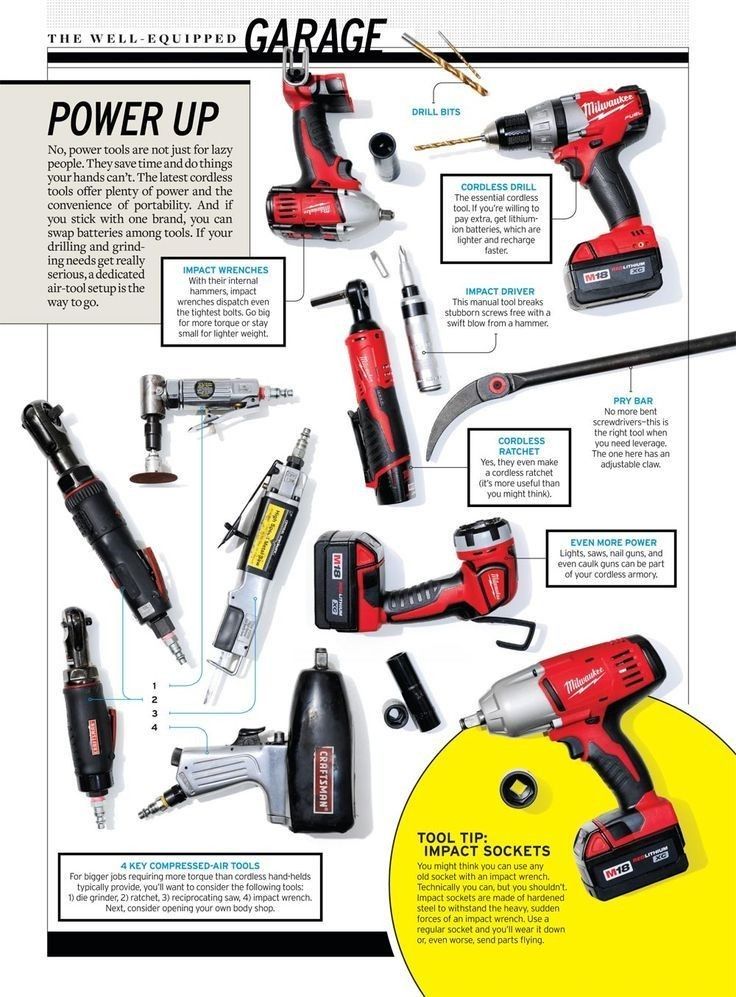 These are pretty inexpensive and very popular.
These are pretty inexpensive and very popular.
Dynamic Torque Limiters are more complex and expensive devices utilizing clutches and complex mechanisms to limit the end torque. They are hard to calibrate but are precise torque limiters used with regular, impact, air, and traditional hand drivers.
Using a dynamic torque limiter is easy. You have to connect it between the nut driver socket and your tool. However, calibrating an active torque limiter might need additional equipment. You can also find torque limiters rated for a specific value, and they are pre-calibrated.
These adapters and limiters can cost you around 50-400 dollars, depending on the quality you are aiming to buy. Industrial Grade adapters are pretty expensive.
Ok, so on one hand, I am saying that it’s not possible for impact wrenches to stop at a certain output torque, and on the other hand, we have this Milwaukee 2769 which can provide a certain level of output torque?
The answer to it lies in the last paragraph you just went through.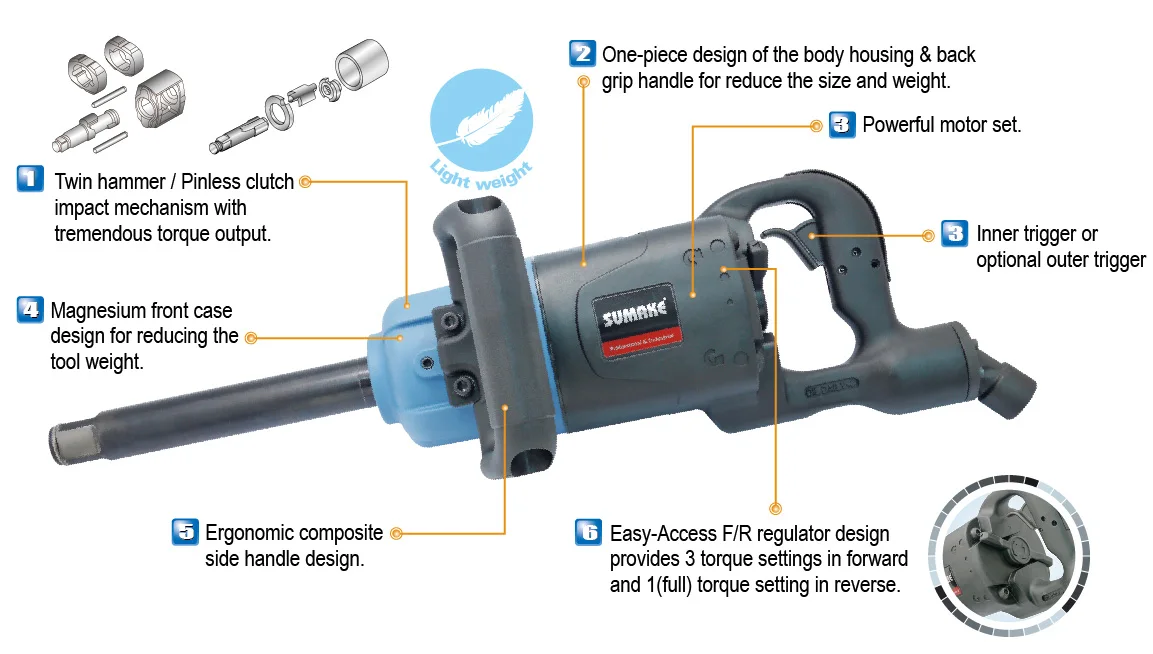 These impact wrenches from Milwaukee have the Electonic Dynamic Torque Limiter built-in. It will sense the output torque and will stop delivering more power after a certain level.
These impact wrenches from Milwaukee have the Electonic Dynamic Torque Limiter built-in. It will sense the output torque and will stop delivering more power after a certain level.
It’s a complex piece of equipment, which will need calibration and is not mechanically based. If the sensors somehow fail, they will stop working.
I am not saying it will break, but what I mean to say is, that it is not like the tightening torque adjustment we have in screwdrivers and drills.
So, it’s a great initiative from Milwaukee and we hope other companies will also integrate this intelligent electronic chips and sensors to enhance impact wrenches capability to limit the output torque.
If you are out of luck and don’t have any limiter or adapter, you can use a few other methods to adjust the ent tightening torque.
Method 1 – Experience: The first method is experience-based. If you know your impact wrench and have worked with it a lot, you can very precisely tighten the nuts and bolts without using any limiter. Luckily, this is the most common method used by professionals. Using your instinct, they know it. As I mentioned earlier, a few ft-lb additional tightening torque is not an issue.
Luckily, this is the most common method used by professionals. Using your instinct, they know it. As I mentioned earlier, a few ft-lb additional tightening torque is not an issue.
Method 2 – Using Manual Torque Wrench: This method involves additional time and effort. If the tightening torque is essential, you can use a manual torque wrench to finish the job. You have to use your impact wrench at a low speed and barely tight the nuts. Once done with all nuts, use a manual torque wrench to rotate the last thread.
Method 3 – Using the speed switch to your advantage: This method advances the first method. All good impact wrenches come with a speed switch. The speed control can help you gain control of your impact wrench and estimate the end torque quite successfully.
I have compiled a list of impact wrenches and drivers you can select concerning your usage. You can check them here: Best Cordless Impact Drivers and Wrenches.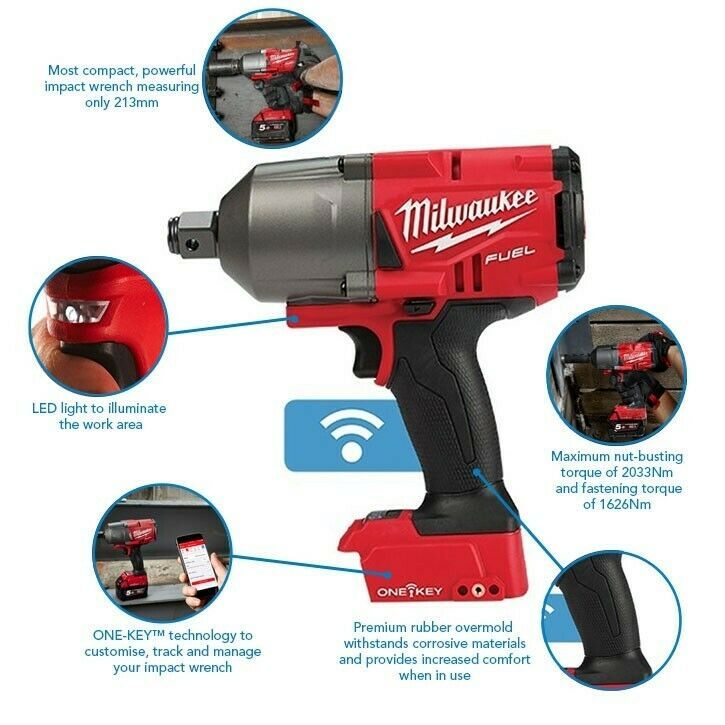
So, in summary, impact wrenches have no torque adjustment feature, and you will have to use additional adapters to adjust the tightening torque of your nuts and bolts.
Overtight and under-tight lug nuts can be a safety hazard when you are driving along the highway. This not only keeps you in danger, but it can also be fatal for other people moving along with you.
October 15, 2018
Tools Pneumatic wrenches
Air impact wrenches were originally designed to loosen tight nuts and bolts. Now, however, mechanics also use impact wrenches to tighten bolts on wheels, for example, as this allows them to work more efficiently, safely and quickly. Here are some tips for managing torque and ensuring proper tool performance. nine0003
Good torque control is essential for perfect bolt tightening (Torque measurement when changing wheels is covered on our blog), so your tools are designed with a range of features to control torque and torque for specific applications.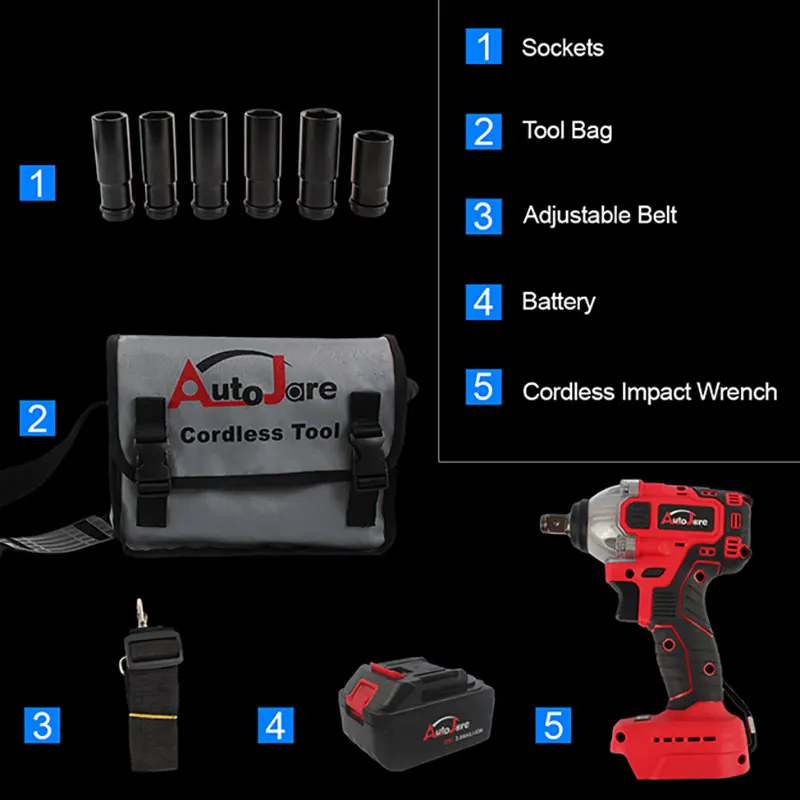
For example, bolts usually require more force to loosen because they may have rusted or jammed. Bolt tightening, on the other hand, requires less power and requires more precise control and control to avoid overtightening, stretching or breaking the bolt. nine0003 Yann Pasco , Global Business Development Manager - Automotive Service
The power of an air tool depends on the volume of air in the engine, and based on this, there are two ways to adjust the power. The first is the regulation of the air pressure, the second is the direct influence on the air flow by choosing the right air compressor or using the right diameter hose.
Most air tools on the market are designed to work optimally at 90 psi in. / 6.3 bar When connecting a tool to a compressor, operators must use an air regulator to measure pressure. The FRL device (filter, regulator and lubricator in one) limits the air pressure on the tool and allows you to adjust the pressure in the hose.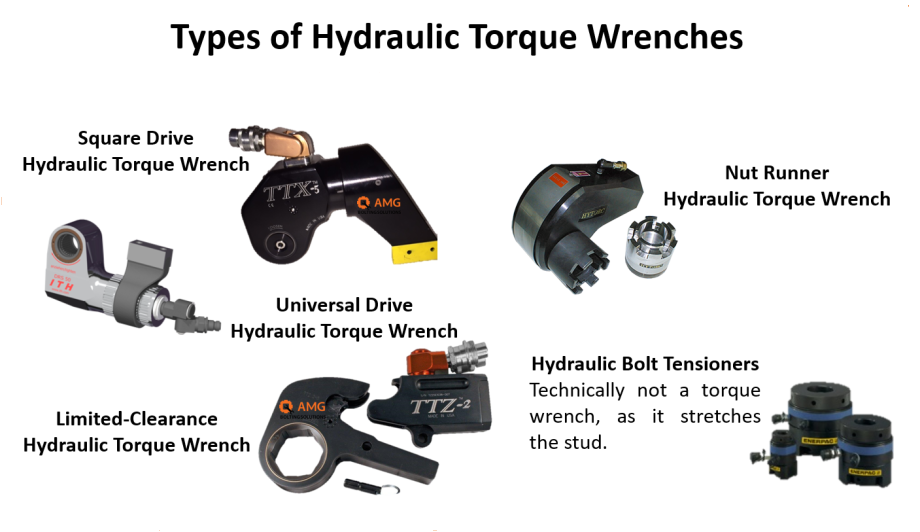 This provides a more precise setting of power - so mechanics should use such a regulator to set air pressure and achieve high accuracy. If the pressure on the tool does not match the recommended, then its performance will undoubtedly be lower than expected. nine0003
This provides a more precise setting of power - so mechanics should use such a regulator to set air pressure and achieve high accuracy. If the pressure on the tool does not match the recommended, then its performance will undoubtedly be lower than expected. nine0003
Over the years, the design of the instruments has been improved to control the airflow more precisely. In the first half of the twentieth century, early classical models were equipped with a special lever, the release of which reduced the air flow inside the instrument. These primitive impact wrenches used simple technology, they could be operated with one hand, but they could not provide high accuracy of adjustment.
In the last ten years, special attention has been paid to the ergonomics and handling of the tool. Most tools were still designed for one-hand operation, and their clever design allowed the operator to change the direction of rotation and adjust the torque with one hand. Nowadays, the highest level of accuracy and ergonomics of the tool come to the fore. Tools are designed to be more precise in terms of air flow – and therefore torque. The innovative design of the latest impact wrenches increases the efficiency of mechanics - for example, there is no longer a need to move the tool to control the working power, since the control panel is located at the back of the tool, freely accessible. nine0003
Tools are designed to be more precise in terms of air flow – and therefore torque. The innovative design of the latest impact wrenches increases the efficiency of mechanics - for example, there is no longer a need to move the tool to control the working power, since the control panel is located at the back of the tool, freely accessible. nine0003
Furthermore, special tools have been developed to prevent over-tightening of bolts, such as torque-limited impact wrenches. Modern tools provide better control for mechanics and have special settings that allow them to select the required amount of torque.
There is no one-size-fits-all tool for every application. Rather, the best tool for the job is the one that suits the mechanic's needs, habits, and comfort of use. From the vast range of impact wrenches available today, there are several criteria to choose from, and one of the most important criteria is the degree of power and torque control you need.
nine0003 Yann Pasco , Global Business Development Manager - Automotive Service
One last thing to consider: the location of the tool on the air line (short or long distance from the compressor) also affects the pressure exerted on the tool. Accordingly, more or less air must enter the tool, depending on the specific task, and this can be easily adjusted thanks to the capabilities of modern precision tools. nine0003
Loading...
An air impact wrench is one of the most efficient tools for quickly tightening / unscrewing threaded connections using compressed air. It is with a wrench that car maintenance is associated. With their help, you can easily and quickly tighten and loosen threaded connections.
And if until recently, a pneumatic wrench was mainly used in car services, tire shops and service stations, now this device can be increasingly seen in an ordinary garage.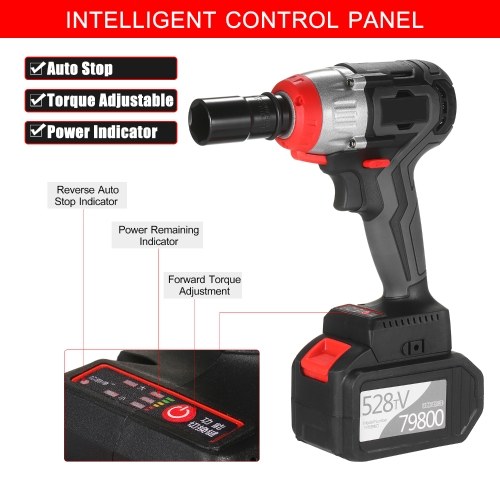 nine0003
nine0003
Now, the cost of “re-shoeing” of one car 2 times a year is already commensurate with the cost of a pneumatic wrench model for your garage. And if there is more than one car in the family and hands grow from the right place, then buying a wrench can also bring profit. Most importantly - quickly and efficiently, and the person spends less effort on turning the nut.
Consider what types of pneumatic wrenches are, what characteristics to pay attention to, and which ones are unimportant. Let's analyze the main point - how not to miss the compressor. nine0003
Well, let's talk about the basic rules of care, so that the instrument serves faithfully for a long time.
How an impact wrench works is simple:
Through the fitting, the wrench is connected to the compressor or to the pneumatic line. When the tool is triggered, compressed air flows through the hose, rotates the tool rotor, which, in turn, sets the spindle in motion. Everything is right
The reverse function allows you to switch the movement in the opposite direction, i. e. fasteners can not only be wrapped, but unscrewed nuts. nine0053
e. fasteners can not only be wrapped, but unscrewed nuts. nine0053
Fig.1 - Fubag IWC 1300 1/2 impact wrench
Nutrunners can be divided into straight and angle.
Straight Impact Wrench is usually pistol shaped and is easy to hold in a horizontal position. The axis of rotation of the cartridge is parallel to the axis of movement of the motor, which provides a high value of torque. nine0053
Fig.2 - Straight pneumatic nutrunner FUBAG IW 720 1/2"
In angle wrenches the axis of rotation of the spindle is perpendicular to the axis of the motor, which allows it to be used when unscrewing a problematic or heavily soiled nut. Such models are especially in demand for work in tight and hard-to-reach places. As a rule, such wrenches have a small torque. nine0053
Rice. 3 - Fubag RW61 angular pneumatic wrench Art.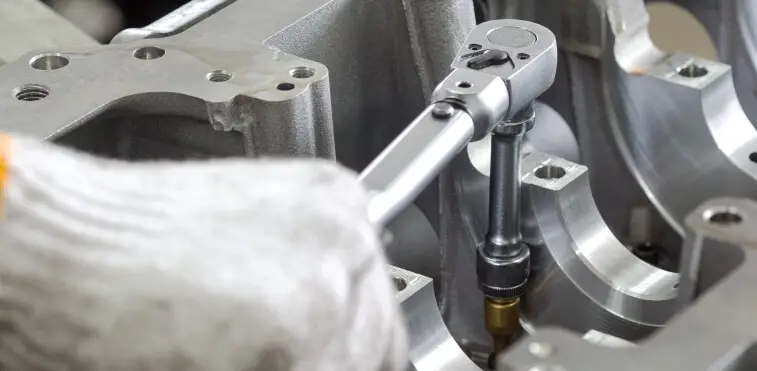 100107
100107
By type, there are g impact wrenches and non-impact .
Impactless Impact Wrenches are great for fastener assembly and disassembly where little effort is required or for sensitive fasteners that require precision and accuracy. Such a tool will not allow thread breakage. nine0053
Fig.4 - Angle impact wrench impactless Fubag RWC 41 1/4"
Impact Wrench delivers a series of frequent tangential impacts. He starts out on long strokes, but moves on to shorter strokes closer to the draw. The maximum impact force is provided precisely at the end, when the final force is needed for greater reliability of the connection.
Fig. 5 - Impact Wrench IW 580 1/2"
An impact wrench is chosen when unscrewing old and rusted connections, when assembling and disassembling large bolted connections.
Important! For impact wrenches, impact sockets (usually black) must be used. ordinary can simply break.
ordinary can simply break.
When choosing an impact wrench, it is important to understand the different types of impact mechanisms and how they differ. nine0003
The most common types of nutrunner mechanisms for the garage and car service are twin hammer, Rocking Dog and single ratchet.
The twin hammer mechanism, or "double hammer" provides torque not at once, but in pulses (two strokes per 1 revolution) and high torque at the start. The mechanism, simple in its design, perfectly withstands heavy duty work.
Fig.6 - PNE IWC 1700 impact wrench 1"
Rocking Dog and delivers one powerful blow per revolution and does not develop as much torque as a double hammer, it is good for medium loads. It is easy to recognize it - it has a non-opening front.
Fig.7 - Impact wrench IWS680 with Rocking Dog mechanism
single ratchet 9 system0048 is a simple ratchet. Ideal for small loads. They are equipped with angle wrenches.
Ideal for small loads. They are equipped with angle wrenches.
Rice. 8 - Angle pneumatic wrench RWC 41 1/4" with mechanism single ratchet
There are several basic parameters that determine the choice of a suitable tool.
The main thing we look for when choosing a pneumatic wrench for a garage:
A) torque
B) landing square
B) air consumption
C) weight
Maximum torque - the main parameter that determines the power of the tool - the force of twisting and loosening. It is measured in newton/meters.
This parameter is the main one for a wrench and the more powerful the tool, the more powerful the compressor will be required for full-fledged work. nine0003
You need to be very careful when choosing a wrench according to this parameter. If the tightening torque is too high, an overstress occurs in the thread, which under load will lead to its rapid destruction. Too weak will cause the threaded connection to “loose”.
Too weak will cause the threaded connection to “loose”.
The torque range on the market is currently around 30-3000 Nm. If a tool is needed to tighten large-sized fasteners, then wrenches with high torque from one and a half to 3 thousand NM are needed. nine0003
Rice. 9 - Impact wrench IWC 2900 1" ( with torque from 1.5 to 3 thousand NM)
When installing and removing rims in tire fitting, a tool with a torque of at least 100 Nm is popular.
Fig.10 - FUBAG IW720 1/2" straight pneumatic nutrunner with a torque of at least 100 Nm.
If you need a tool for changing shoes for your car, then an IW 580 torque wrench with a torque of 500-700 NM will be enough. Such a “kid” will easily cope with your horse and will work from a low-capacity compressor. nine0053
Landing square.
The torque must correspond to the size of the spindle, the landing square.
The higher the torque of the tool, the larger the fastener size it works with, the larger the spindle diameter. A half-inch (½”) spindle is used to work with passenger cars, the threads of which do not exceed 18 mm (show the thread diameter live).
With a fastener diameter of up to 25 mm, you need to choose a three-quarter spindle (3/4 seat square). If you plan to tighten larger bolts with threads from 25 to 32mm, then you need an inch spindle, and for threads up to 50mm you will need a spindle with a diameter of one and a half inches. nine0003
| Spindle size / | ½" | ¾" | 1 inch - 1 ½ nine0263 | 1 ½" |
| Thread size mm | Before 18 | 18-25 | 25-50 | Over 50 | nine0294
| Torque | 600-1400 | 700-2000 | 2000-4000 | 2000-4000 |
| Where applies nine0003 | Passenger transport, tire fitting, car service yes | commercial vehicle yes | Heavy equipment yes | |
A very important parameter "tool weight" - it directly affects the performance.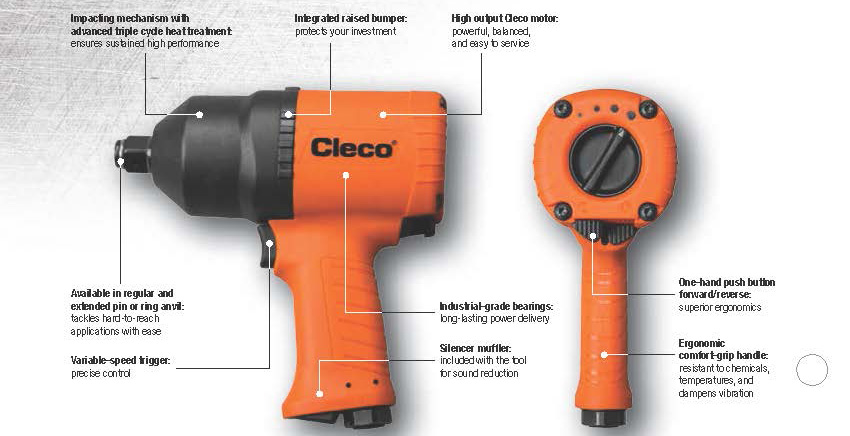
When working with a heavy tool, the hand gets tired very quickly. On the other hand, if the weight is small, then with a significant effort, the head will tighten the nut worse. Optimally - a tool of medium weight. nine0003
For those who use the tool constantly, it makes sense to purchase the Air Impact Wrench in the Composite Body. This is a kind of sandwich made of metal and plastic, and such a case combines the advantages of both materials. Such pneumatic wrenches have an ergonomic non-slip handle, a comfortable body, which also perfectly dampens vibration, unlike a metal one, and a very small weight for such power - only 2 kg. At the same time, it is no less durable than metal, it is not “afraid” of falling onto tiles, concrete, accidental collisions with a car, etc. As well as rubberized handles and comfortable grip, does not slip in the hand. nine0003
Other features to look out for
The reverse function is very useful: it allows you to switch the movement in the opposite direction, i. e. fasteners can not only be twisted, but also unscrewed. On Fubag nutrunners, the reverse is very conveniently located - you can switch it with one hand.
e. fasteners can not only be twisted, but also unscrewed. On Fubag nutrunners, the reverse is very conveniently located - you can switch it with one hand.
Torque adjuster
A rather expensive option, so it’s worth looking for a tool with it only if adjustment is really needed. Otherwise, tightening, as a rule, occurs "by eye". (Show torque controller with example again IWC 1300 100215). nine0003
Equipment
If necessary, you can buy an impact wrench in Moscow in a case with consumables and related accessories (replaceable sockets, extension cord, hex wrench, etc.) 900 100195). Not only will this allow you to buy everything you need in one go, saving you time, but the cost is usually cheaper than buying all the tools individually. nine0003
And now about one more parameter, which you definitely need to pay attention to, because. it depends on the compatibility with your compressor (if you already have one) or the choice of compressor (if you only plan to buy it).
Air consumption
In order for a pneumatic wrench to work efficiently and not break, it must be compatible with a source of compressed air - a compressor in terms of technical parameters - this is air flow and working pressure. nine0003
The ideal condition for high-quality work is the option when the compressor working pressure is 2 bar higher than the tool working pressure, and the compressor performance is 20-30% higher than the tool performance. If these conditions are met, your wrench will work flawlessly.
For example, this wrench has a working pressure of 6 atm. and air consumption 226 l/min. For its operation, we need an 8 atm compressor with a capacity of at least 290 l/min. For example this one here:
Fig.11 - Oil piston compressor DC 320/50 CM2.5
By the way, usually a wrench is the most powerful of the tools that are usually present in the garage (paint sprayer, blow gun, inflation gun). Therefore, if you only select a compressor, then you need to be equal to this device. We also recommend watching the video on our channel "How to choose a compressor", where we talk in detail about the rules for selecting a compressor. nine0003
Therefore, if you only select a compressor, then you need to be equal to this device. We also recommend watching the video on our channel "How to choose a compressor", where we talk in detail about the rules for selecting a compressor. nine0003
Let me also remind you about air quality.
Below is a table of correspondence between pneumatic wrenches and fubag compressors, which will allow you to instantly select either the right wrench or the right compressor (the time at the intersection is indicated in minutes).
| | landing square | Produce instr. nine0003 | FC230/50 | DC320/50 | VDC/50 | VDC/100 | B3600B/50 | VCF/50 | B4000B/50 nine0003 |
| Compressor performance | | | 230 | 230 | 320 | 400 | nine0057 360 | 400 | 440 |
| PWS 312 | 1/2" | 158 | 20 | nine0002 25 | 35 | 44 | 37 | 47 | 46 |
| PW 312 | nine0002 1/2" | 158 | 20 | 25 | 35 | 44 | 37 | 47 nine0003 | 46 |
| I. | 1/2" | 226 | 23 | 29 | 40 nine0003 | 51 | 43 | 54 | 53 |
| IWC 600 | 1/2" | 207 nine0003 | sixteen | 21 | 28 | 36 | thirty | 38 | 37 nine0263 |
| IW 680 1/2" | 1/2" | 191 | 13 | 17 | 23 | 29 nine0003 | 25 | 31 | thirty |
| IW 720 1/2" | 1/2" | 226 | 13 nine0003 | 17 | 23 | 29 | 25 | 31 | thirty |
| IW 900 1/2" nine0003 | 1/2" | 250 | 13 | 17 | 23 | 29 | 25 nine0263 | 31 | thirty |
| IWC 1100 | 1/2" | 255 | eleven | fourteen nine0263 | nineteen | 24 | 21 | 26 | 25 |
| IWC 1300 | 1/2" nine0263 | 255 | 20 | 25 | thirty | 40 | 45 | + | nine0254 |
| IWC 1400 | 1/2" | 255 | 20 | 25 | thirty | nine0254 45 | + | + | |
| IWS 680 | 3/4" | 298 | nine0254 28 | thirty | 45 | 45 | + | + | |
| nine0002 IWC 1400 | 3/4" | 255 | 7 | 10 | 10 | 20 | thirty nine0003 | 25 | thirty |
| IWC 1500 | 3/4" | 292 | nine | eleven nine0003 | 10 | 25 | 29 | 29 | 35 |
| IW 1600 | 3/4" nine0003 | 270 | 7 | 10 | 10 | 20 | thirty | 25 nine0263 | thirty |
| IWC 1700 | 1" | 292 | 7 | 10 | 10 nine0263 | 20 | thirty | 25 | thirty |
| IWC 2500 | 1" | 334 nine0263 | 7 | 10 | 10 | 20 | thirty | 25 | thirty | nine0294
| IWC 2900 | 1" | 334 | 7 | 10 | 10 | 20 | nine0254 25 | thirty |
Fubag Air Impact Wrench is a machine with a motor and moving parts that needs to be lubricated. Therefore, for its reliable operation, air preparation is necessary - here it is important to remove moisture and enrich the air with a suspension of oil particles.
Therefore, for its reliable operation, air preparation is necessary - here it is important to remove moisture and enrich the air with a suspension of oil particles.
Therefore it is necessary: nine0003
1. At the outlet of the compressor, install a gearbox (art. 220001), a filter and a lubricator. If you work from a pneumatic system, then it makes sense to install an air preparation unit (show the air preparation unit FRL 1700/3000 - 1
/1For the garage, you can put a mini-lubricator (we show article 1
), which will supply oil to the moving parts.2. For maximum efficiency, Fubag recommends using a hose with a diameter of at least 10 mm (art. 170100/170101/170102).
Fig.12 - Hose min. 10 mm ( with rapid fittings, oil resistant thermoplastic rubber, 20bar, 6x11mm, 5m )
3. Quality and quantity control of lubricating oil. Use oils only from trusted manufacturers. Remember that too little or too much oil can cause damage to the equipment. The oil should be changed regularly: this will significantly reduce wear on parts and improve heat dissipation. nine0053
Quality and quantity control of lubricating oil. Use oils only from trusted manufacturers. Remember that too little or too much oil can cause damage to the equipment. The oil should be changed regularly: this will significantly reduce wear on parts and improve heat dissipation. nine0053
Fig.13 - Air tool oil 1 liter Fubag VG 46
4. If the wrench works intermittently, the air connector must be lubricated.
5. you need to periodically blow out the cavity of the wrench from dust.
5. Be sure to turn off the tool after finishing work and during breaks. This will extend its service life.
A pneumatic wrench is a simple, reliable and durable tool that, with proper care, will serve you for many years. nine0003
Models mentioned in the article:
| | series | Impact mechanism type | Seat square, inches | Maximum torque, Nm | Average air consumption l/min | Body material | Weight kg |
| IWC 1300 impact wrench nine0003 | Ergonomic Power | twin hammer | 1/2" | 1280 | 255 | Composite alloy | nine0254 |
| IW 720 Impact Wrench | | twin hammer | 1/2" | 720 | 226 | nine0254 2.8 | |
| RW61 Angle wrench | | Single Ratchet paw | 1/2" | nine0002 61 | 180 | Metal | 2.6 |
| IWC 1700 impact wrench | Ergonomic power | nine0254 1" | 1650 | 292 | Composite alloy | 3.9 | |
| IWC 2900 nine0003 impact wrench | Ergonomic power | twin hammer | 1" | 2900 | 334 | Composite alloy nine0003 | 7. |